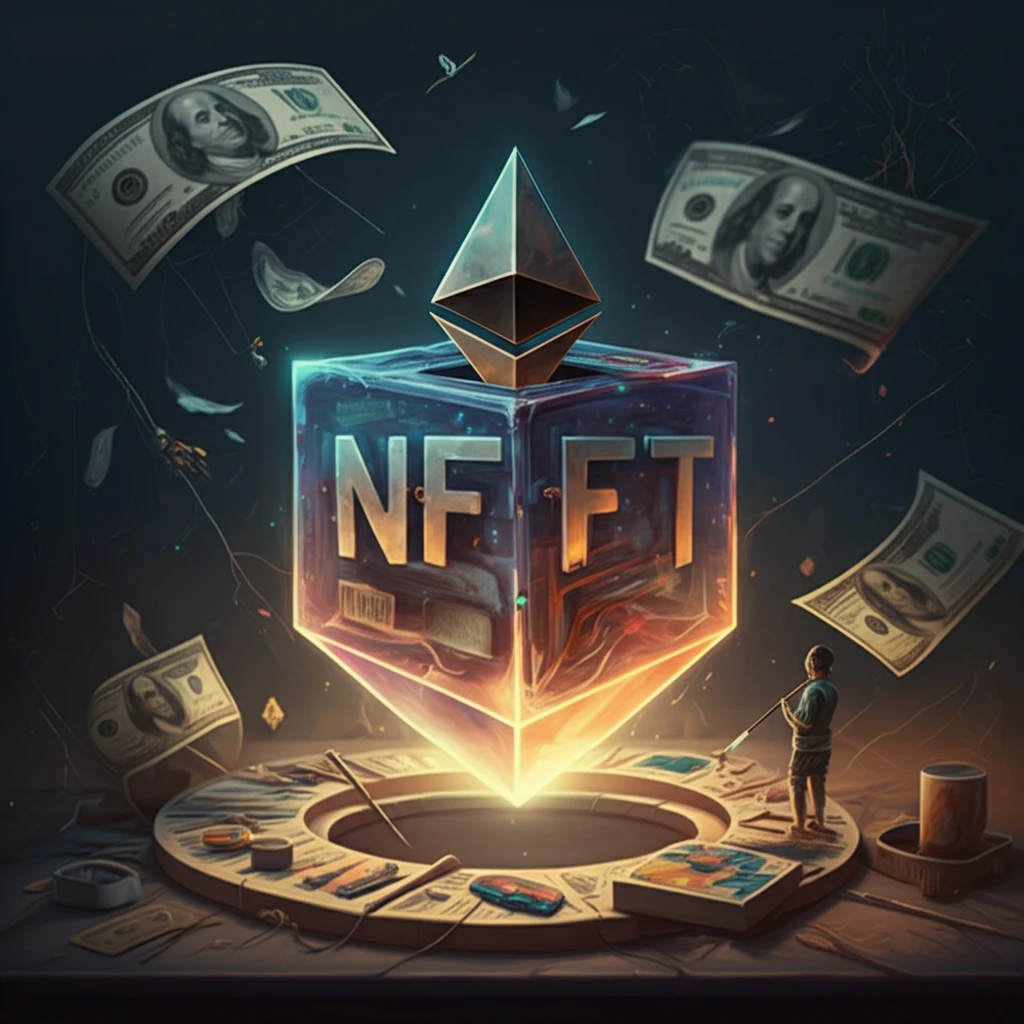
Unlocking NFT Royalties: A New Era for Digital Creators
"Discover how a self-assessed royalty system can balance liquidity and utility in the NFT market, empowering artists and collectors alike."
The world of Non-Fungible Tokens (NFTs) has opened up exciting new avenues for digital creators, but it also presents some unique challenges. One of the most pressing is how to ensure that artists continue to benefit from their work even after the initial sale. Creator royalties, a kind of sales tax on secondary market transactions, have emerged as a way to address this, channeling over $1.8 billion back to artists. However, these royalties have often relied on a fragile social contract, leading to inconsistent payments and the rise of zero-royalty alternatives.
The existing NFT standard, ERC-721, doesn't inherently support royalty enforcement. This means that royalty payments often depend on the goodwill of marketplaces and the honesty of buyers, creating an environment ripe for exploitation. To address this critical gap, researchers are exploring programmatic solutions that can guarantee royalty payments without relying on third parties.
Now, a groundbreaking development promises to revolutionize the way creator royalties are handled. The ERC-7526 introduces an incentive-compatible mechanism that ensures royalties are paid in full while maintaining complete compatibility with the widely-used ERC-721 standard. This innovative approach balances the need for creator compensation with the importance of market liquidity, paving the way for a more sustainable and equitable NFT ecosystem.
The Problem with Current NFT Royalty Systems: A Broken Promise?

Charging a royalty on a digital item seems straightforward. The current approach relies heavily on the voluntary participation of marketplaces, but this system is far from perfect. Creator royalties, intended to give artists a stake in the future value of their work, have become increasingly difficult to enforce, creating a precarious situation for digital artists.
- Voluntary Compliance: Existing systems rely on marketplaces to voluntarily enforce royalties.
- ERC-721 Limitations: The NFT standard doesn't inherently support royalty enforcement.
- Circumvention: Buyers and sellers can easily bypass royalties by trading on non-compliant marketplaces or through direct transfers.
ERC-7526: A Brighter Future for NFT Creators
The ERC-7526 offers a compelling solution to the challenges of NFT royalties. By introducing an incentive-compatible mechanism, it aligns the interests of buyers, sellers, and creators, fostering a more sustainable and equitable ecosystem. This innovative approach promises to unlock the full potential of NFTs, empowering digital creators and driving innovation in the digital art world.
